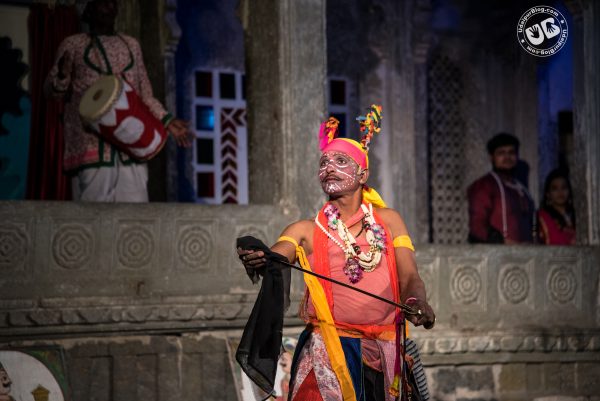Posted inPlaces to Visit
Dharohar: Reliving the heritage of Rajasthan
As Dharohar” means “Heritage”, the Dharohar show is an exclusive display of Rajasthan's exquisite heritage and folk dance forms which are quite famous pan-India and have gained international recognition too.…
